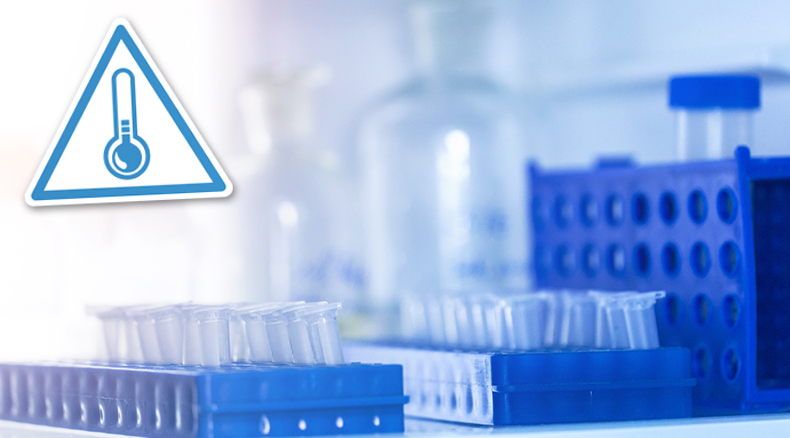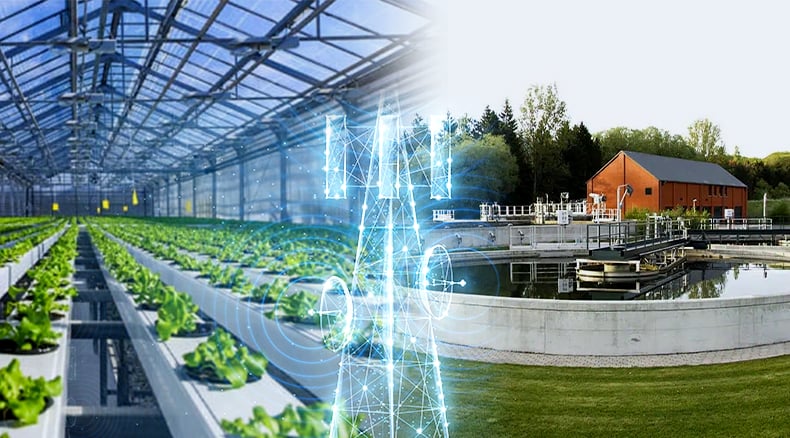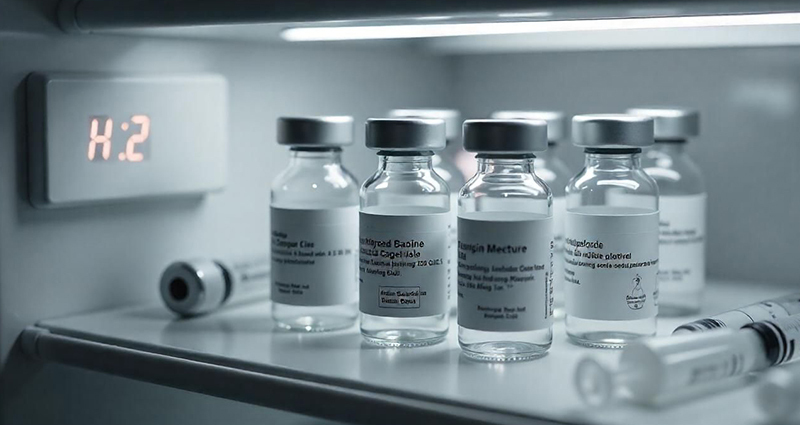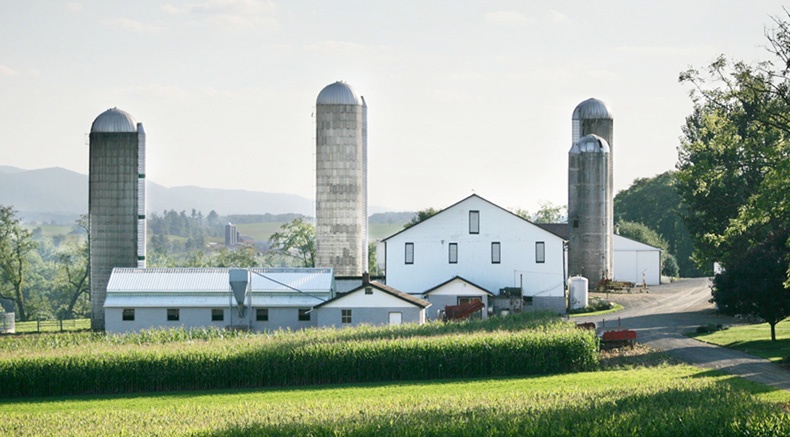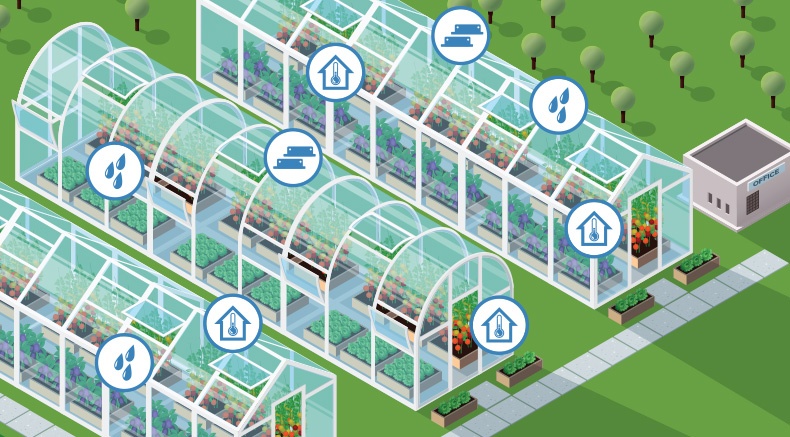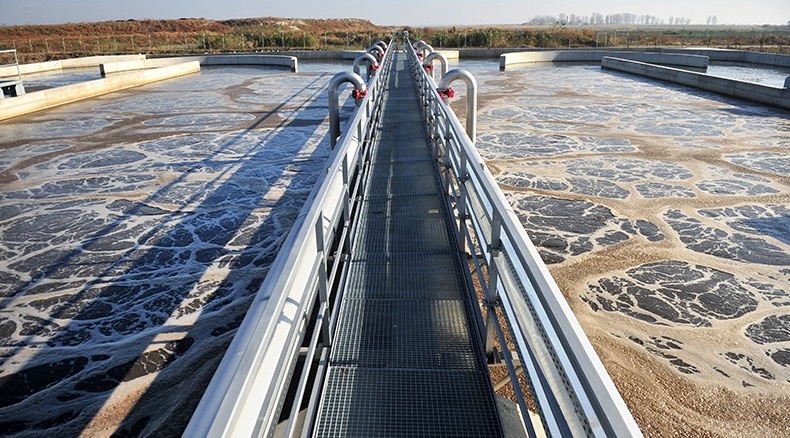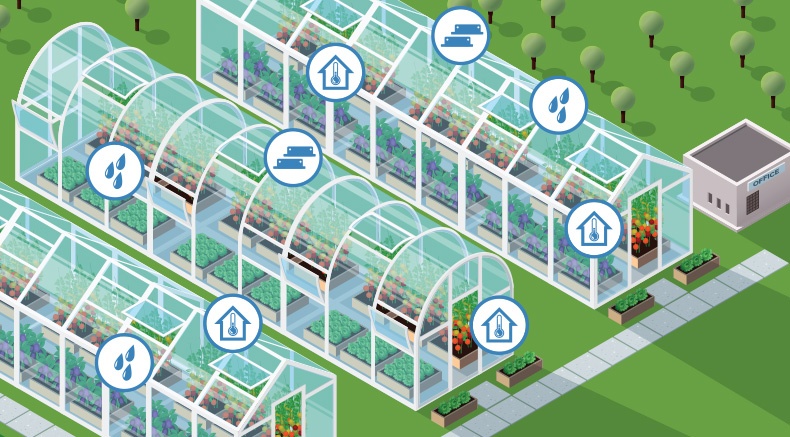
To successfully cultivate plants, greenhouses must maintain stable environmental conditions. Achieving this requires continuously monitoring both the internal environment and equipment by using greenhouse sensors to ensure everything stays within ideal parameters.
Modern greenhouse monitoring systems automate oversight through a network of sensors that detect abnormalities or deviations from preset thresholds and immediately trigger alerts to greenhouse operators by phone, text or email. This proactive system helps maintain optimal conditions, even when staff are not physically present.
Since issues often arise after hours or during the off-season, remote monitoring systems are essential for greenhouse managers. They provide around-the-clock oversight, allowing for rapid responses that help prevent costly damage to crops and equipment.
At the core of these systems are greenhouse sensors that continuously collect real-time data on critical factors such as like temperature, humidity, CO2 levels and electrical usage. This data is transmitted to a control hub or smart device where it is stored for operators to analyze and make timely adjustments to support optimal plant growth.
The Value of Greenhouse Sensors
Greenhouse sensors are indispensable tools in modern agriculture, delivering immediate data that gives users precise control over growing conditions. By leveraging this technology, growers can boost productivity, improve crop quality and reduce costs. Key benefits include:Increased ROI
Maintaining optimal conditions is crucial for plant health and productivity, which directly impacts profitability. Sensors help ensure conditions stay within target ranges, preventing losses and potential facility shutdowns.
Armed with the most current data, growers can adjust conditions to improve yields, enhance quality, minimize waste and reduce input costs, ultimately maximizing return on investment.
24/7 Monitoring
One of the greatest advantages of using a greenhouse monitoring system is the ability to monitor conditions continuously without staff onsite. Many sensors are IoT-enabled, allowing for remote access through mobile apps and cloud platforms.Growers receive instantaneous alerts if conditions fall outside the ideal range, enabling quick corrective action rather than discovering problems too late.
Data-Driven Decisions
Greenhouse sensors generate large amounts of data, allowing growers to make informed, evidence-based decisions. Real-time readings are available instantly on smart devices and can be analyzed to identify trends such as recurring temperature spikes or humidity changes.
Many systems automatically save tens of thousands of data points in the cloud, providing unlimited access to records for viewing, graphing, printing or exporting. By analyzing this data, growers can gain insights to improve future operations and detect issues early — for example, spotting signs of a malfunctioning fan before total failure occurs.
Automation and Control
Sensors can also be integrated with HVAC systems and other equipment to automate adjustments based on live readings. Whether it’s temperature, humidity or CO₂ levels, the system responds immediately, notifying operators condition changes that could disrupt the optimal environment for plant growth and quality.
Resource Efficiency and Sustainability
Precise control over irrigation by using soil moisture sensors and ambient climate helps reduce water waste, lower energy consumption and cut costs. This supports more sustainable farming practices while promoting healthier plants and higher yields.
Greater Security
Beyond optimizing plant growth, sensors also can help provide an extra layer of security for greenhouse facilities. Sensors installed on doors and windows can detect unauthorized entry and notify operators of breaches, even when staff are offsite.Sensors Monitor Various Parameters
Remote monitoring systems use various sensors types to collect detailed data across all aspects of operations. Growers can choose sensors relevant to their crops and facility needs. Common applications include monitoring:
- Changing temperatures
- Ventilation issues
- High CO2 levels
- Humidity fluctuations
- Equipment failures
- Water leaks
- Power outages
- Door and entry status
- Malfunctioning irrigation lines
- Soil moisture and pH
Ideal Sensor Installations
To track key variables, operators can strategically place sensors in the ground, on equipment or mount them on posts or walls. Examples:
- Soil Moisture: Sensors pushed into the ground or buried detect when soil moisture is too high or low.
- Temperature: Place temperature and humidity sensors above plant level to track microclimate conditions accurately.
- Equipment Monitoring: Install sensors on misting systems, irrigation pumps, vented roofs and fans to monitor performance and detect malfunctions.
- Power Monitoring: Power sensors track energy flow and detect outages that affect critical systems.
- CO₂ Levels: In small greenhouses, a single sensor in the center may be sufficient; larger spaces may need multiple sensors.
- Water pH Levels: pH sensors installed in plumbing can monitor water acidity, providing early warnings of imbalances.
Latest Greenhouse Sensors
In harsh greenhouse environments, sensors must be durable. Sensaphone’s latest sensors are available in weatherproof enclosures that resist wind, rain, humidity and more, providing long-lasting performance.
Outdoor CO₂ Sensor:
This device measures CO₂ concentrations up to 20,000 ppm, with programmable alerts for levels above 2,000 ppm. It connects to a Sensaphone monitoring system and requires a 24VDC power supply.
Outdoor Humidity Sensor:
This sensor measures humidity from 0 to 100% RH. Users can set thresholds that trigger alerts when conditions fall outside the desired range. It also operates with a 24VDC power supply.
Wireless Sensors in Weatherproof Enclosures:
Sensors for Sensaphone’s WSG30 wireless remote monitoring system are protected from severe environmental conditions, making them ideal for outdoor installations. Weatherproof enclosures with transparent doors are available for all WSG30 main units and wireless temperature sensors, as well as for power failure sensors, dry contact sensors and resistance temperature detectors (RTDs).
Wired vs. Wireless Installations
When setting up a monitoring system, you can choose wired, wireless or hybrid configurations.- Wired: Sensors connect directly to the base device, sometimes requiring trenching over long distances. They can be placed up to 2,000 feet away and provide reliable communication.
- Wireless: Wireless sensors with built-in transmitters communicate with the base unit up to 300 feet away — or farther in a mesh network — ideal when wiring isn’t practical.
- Many systems can combine wired and wireless sensors to meet unique facility needs.
Cellular Communications
Cellular monitoring devices use wireless networks and must be registered with a carrier. Reliable performance depends on signal strength; an external antenna can boost weak signals. Cellular systems are great for remote or off-grid greenhouses without Wi-Fi or Ethernet.Cloud-Based Systems
A cloud-based system gives you real-time access to status updates from any device, anywhere. This is often the best option for greenhouse operations because it’s mobile-friendly and easy to manage. In addition, these systems send regular signals to the Sensaphone cloud to confirm communication and alert staff immediately if a cellular or internet connection is lost.The Right Configuration
When protecting your plants, every second counts. Early detection means you can act quickly to prevent losses. The right remote monitoring system, equipped with appropriate greenhouse sensors, depends on your unique operation. Evaluate your needs carefully to choose a system that delivers the reliability and protection you require.
For help selecting or installing greenhouse sensors or a complete monitoring system, call Sensaphone at 877-959-0478!

